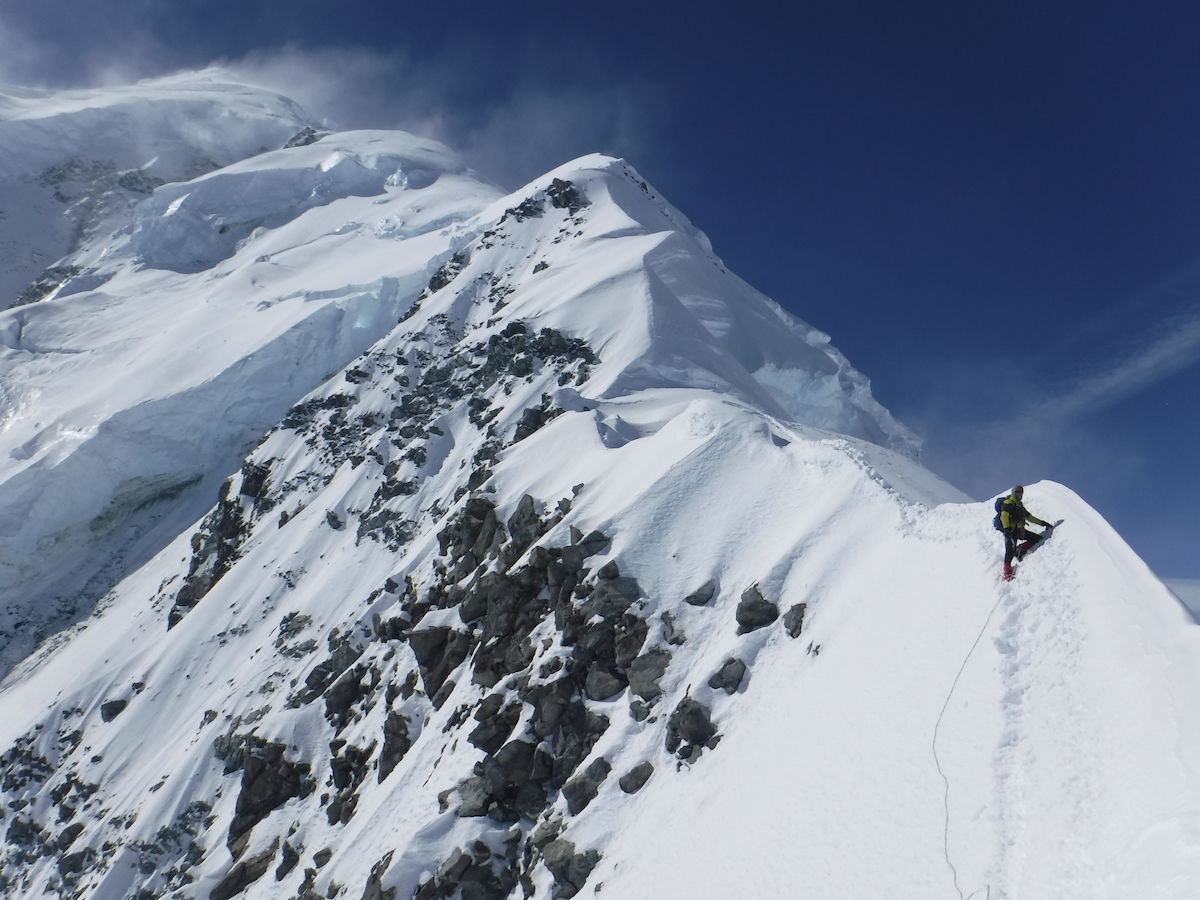
Editor's note: NOLS began operating in East Africa in 1974, opening our first location in Narumoru, Kenya (1974-2003), which closed and later reopened as NOLS East Africa in Arusha, Tanzania in 2011.
In 1987, legendary instructor James Kagambi (KG), a native Kenyan, joined NOLS and launched NOEP, the NOLS Outdoor Educator Program. These courses are designed solely for East Africans and provide training in backcountry travel, leadership, and risk management.
A 2018 graduate of the program, mountain guide and medic Carol (Mimie) Wanjiru, sharess how she advanced her wilderness skills through NOEP.
Why did you choose to take the NOEP Course?
My all-time favorite childhood manual was Where There is No Doctor, a Hesperian publication about rural healthcare that led to my own love of remote medicine—that’s why I’ve always wanted to be a mountain medic.
In the Kenyan mountain guides community, if you haven't attended a NOLS course you are viewed as unqualified. Those who have their NOEP are among the highest-earning guides on Mt. Kenya and have excellent reputations among their clients. (Most guides took the NOEP course when NOLS' base of operations was still in Kenya.)
As a guide myself, I valued this professionalism, but thought I might be too old to take the course. My wilderness mentors are Kenyan NOLS instructors and they encouraged me, telling me “It’s never too late to try!”
During the course, we learned outdoor skills and leadership, but it was also an opportunity for East Africans to share our various cultures and experiences with each other.
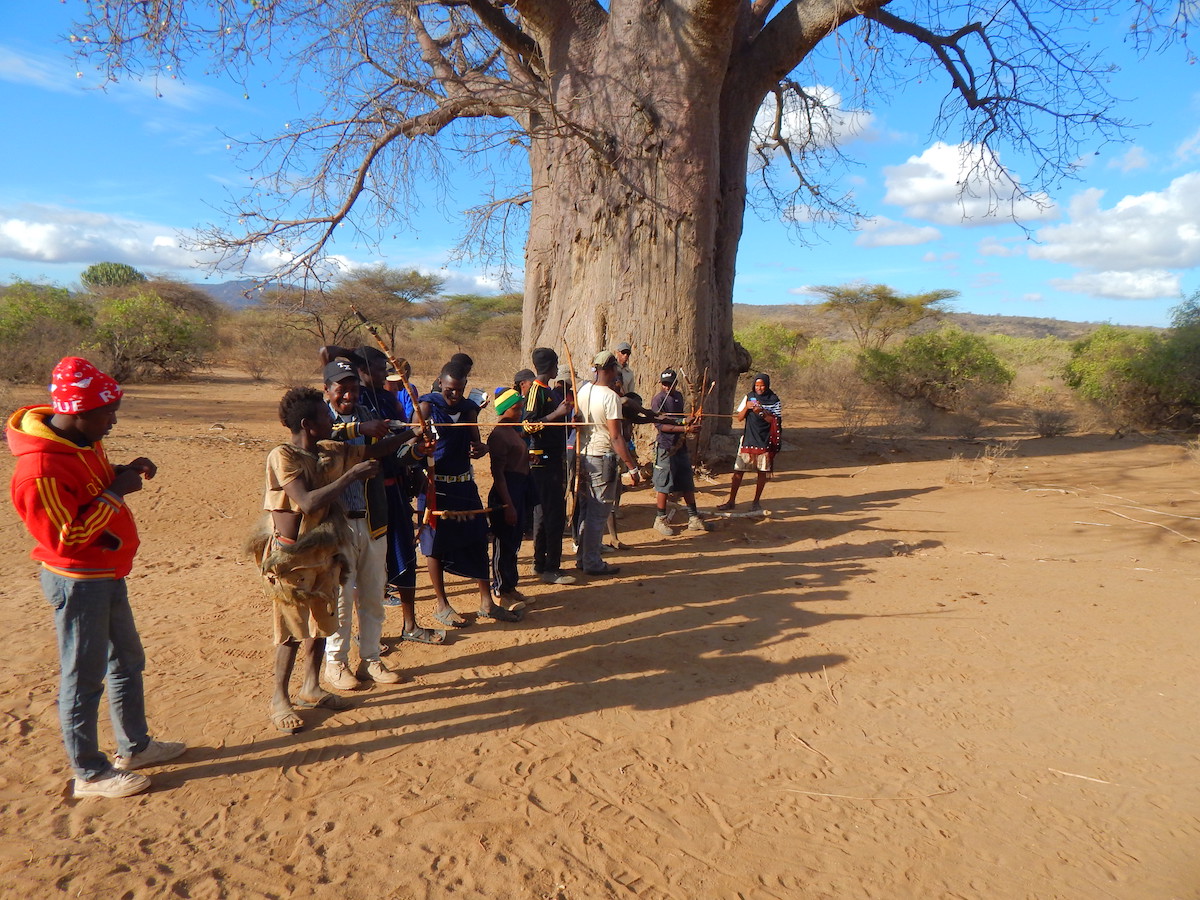
What has changed about your guiding practice after taking the course?
Before the course, I was simply a trekker focused on navigating the terrain, ensuring the client’s well-being, and appreciating the landscape. Now, I have picked up the challenge to incorporate more environmental studies in my guiding.
In the last two months I have become a birdwatcher and even volunteered for national waterfowl counts with the Kenya Wildlife Service (KWS) and the National Museums of Kenya. I also enrolled in an accreditation exam for Kenya Professional Safari Guides Association. (I only wish there was one specifically for mountaineering guides!)
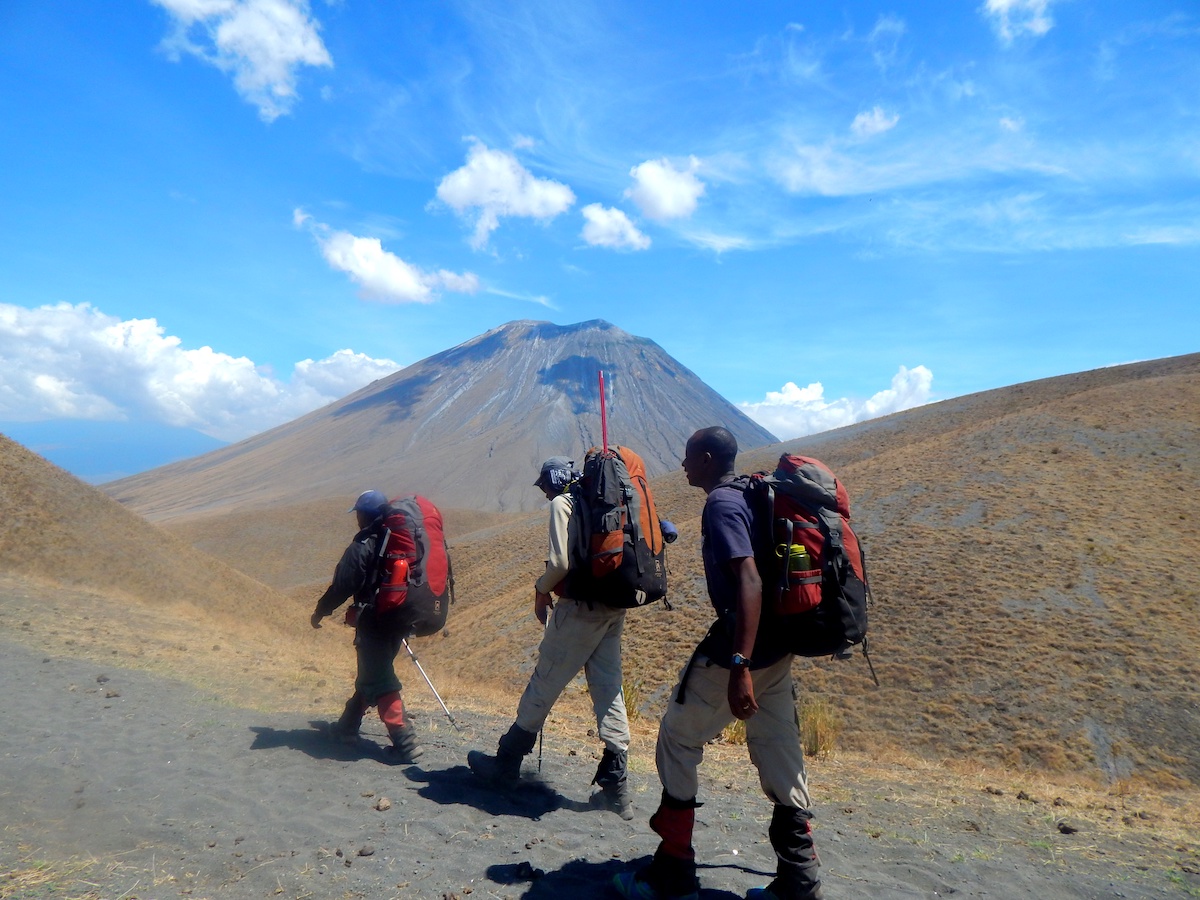
What leadership skill feels most relevant to you right now?
I’ll tell you a story: During our Independent Student Group Expedition (ISGE) we chose a “shortcut.”
As we hiked through this “shortcut,” I was laughing and crying the whole time—because it was my only escape from what we found on the shortcut: “washawasha fire”—a local name for stinging nettles—safari ants, an encounter with a buffalo (my teammate came running back to the group after a bathroom break when he saw a bush walking towards him that was actually a buffalo!), and butt-slide descents into thickets full of creepers that covered the forest floor.
It was during this day when I learned that coping begins with me as an individual—a journey of self leadership and self-awareness that this course confirmed for me.
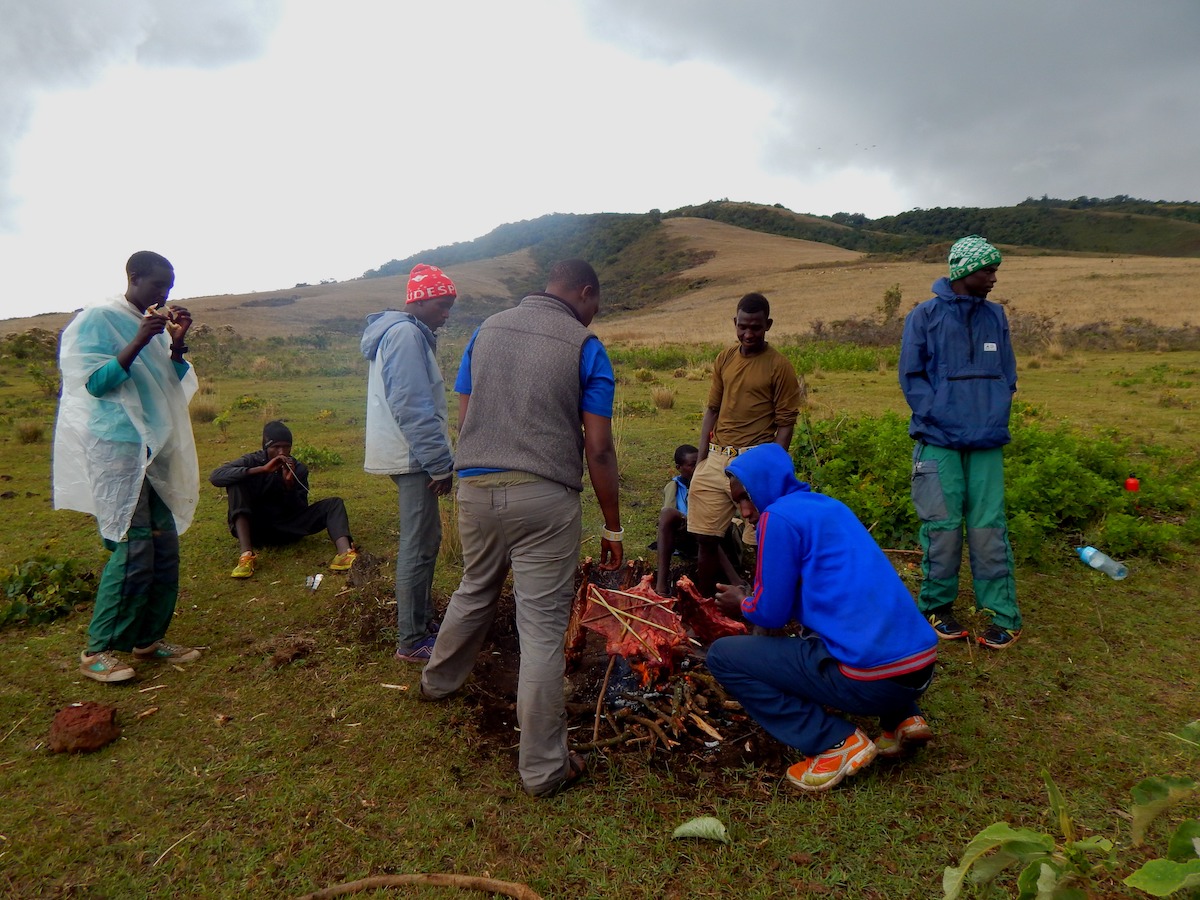
Visiting Ol Doinyo Lengai was an important part of the course—can you share more about that experience?
We visited the reserve that's home to the volcano Ol Doinyo Lengai. For some of my coursemates, it was an intimate experience. Most of my fellow course participants live next to and within the reserve areas, but have never had the opportunity to visit.
When we arrived, one of my coursemates knelt down and began crying, saying “I have always wanted to visit Ol Doinyo Lengai, the Mountain of our Gods. I am so grateful that this has come to pass.”
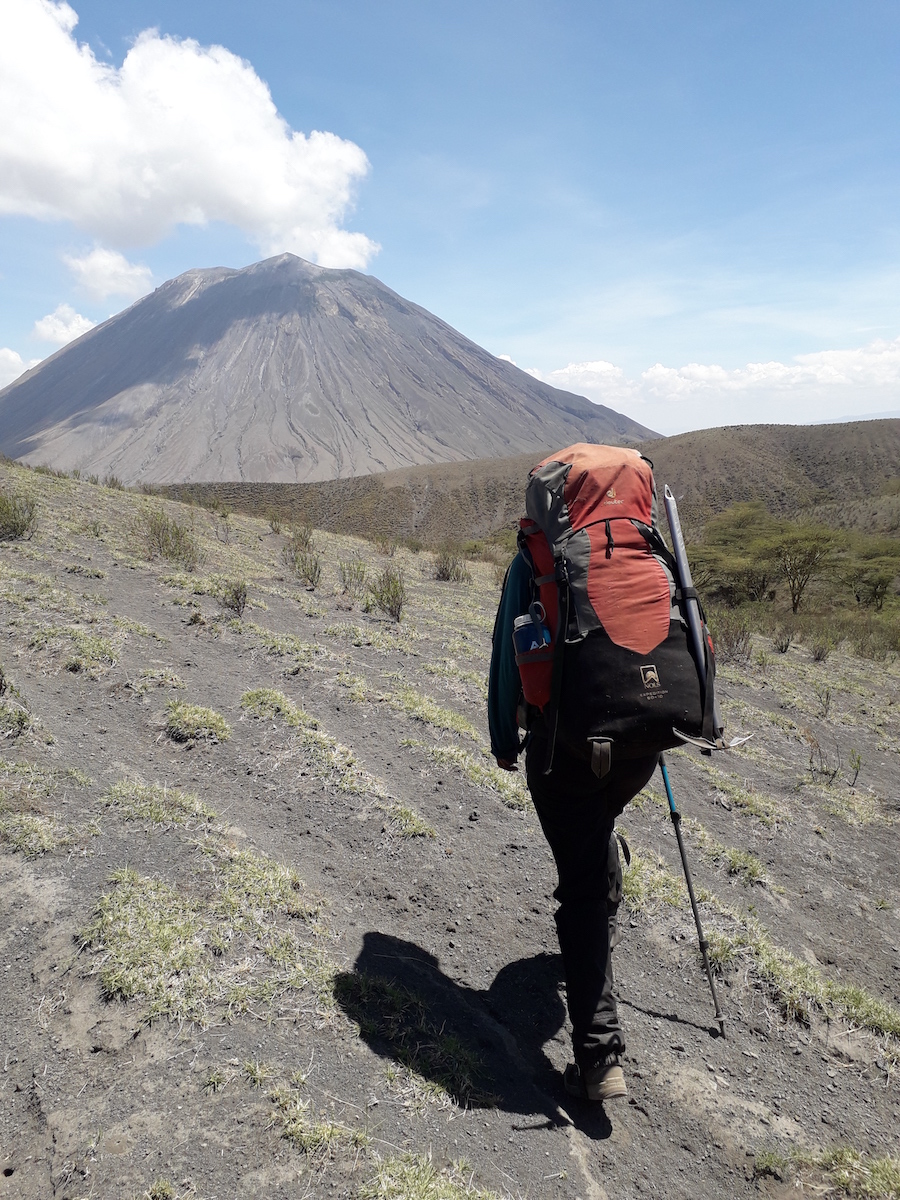
What did you wish you knew about the course before you started?
That I would leave behind ¾ of what I had packed as "important, can’t do without it" and be able to sail through 21 days perfectly—through rainstorms, forests, and desert weather conditions.
At the same time, I wish I would have carried an extra pair of boots for one of my coursemates, whose boots wore out quickly. It made me realize the things one takes for granted. Fortunately, I was able to donate boots to NOLS after the course for future students to use.
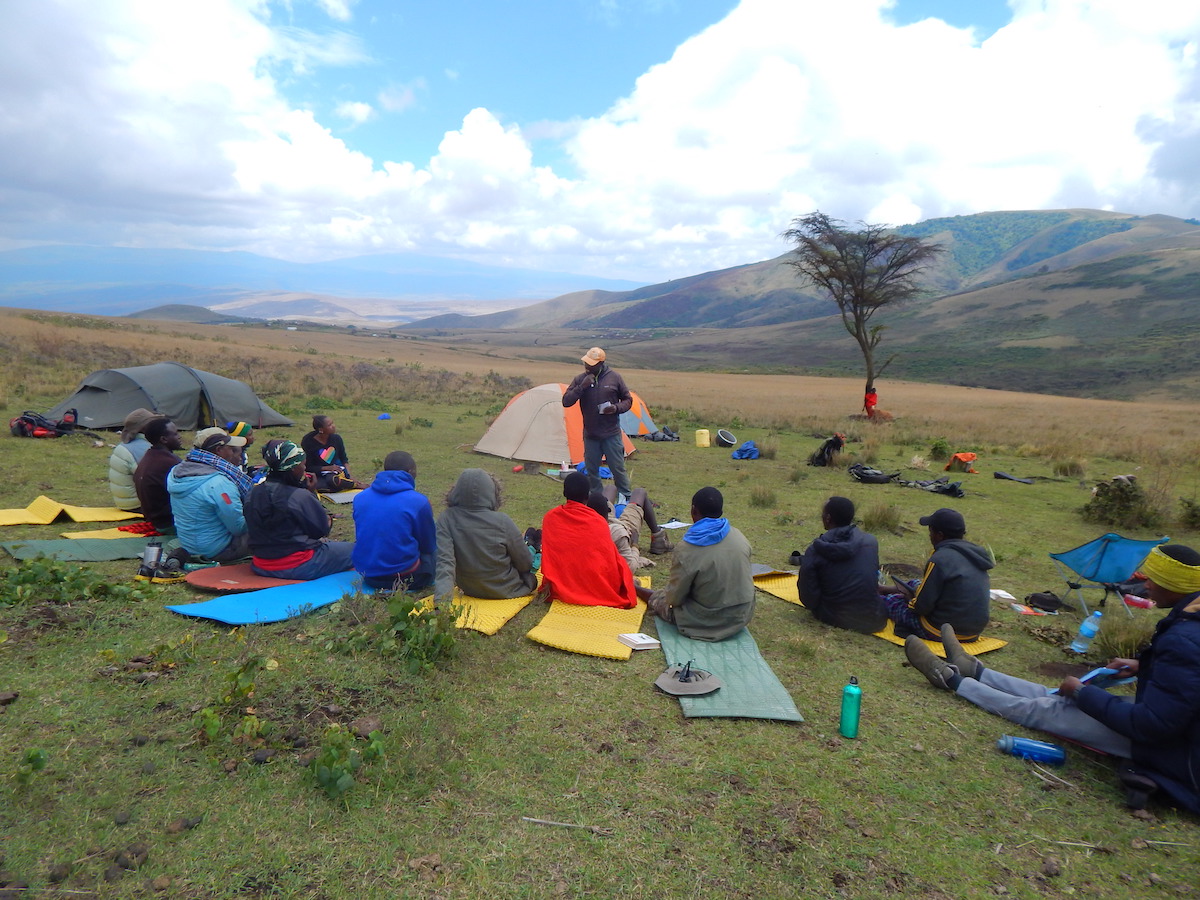
What advice would you share with anyone thinking about taking this course?
As one of the two oldest participants for NOEP 2018, and the only lady to successfully complete all scheduled expedition activities, I can say the journey was worthwhile.
There is no such thing as shortcut in the backcountry and the same rule applies in our personal journey of life:
There is no limit of age, culture, gender, or the class one learns in when it comes to wanting to learn and experience more, as long as one has a passion for the outdoors and life.
Learn more about NOLS East Africa.
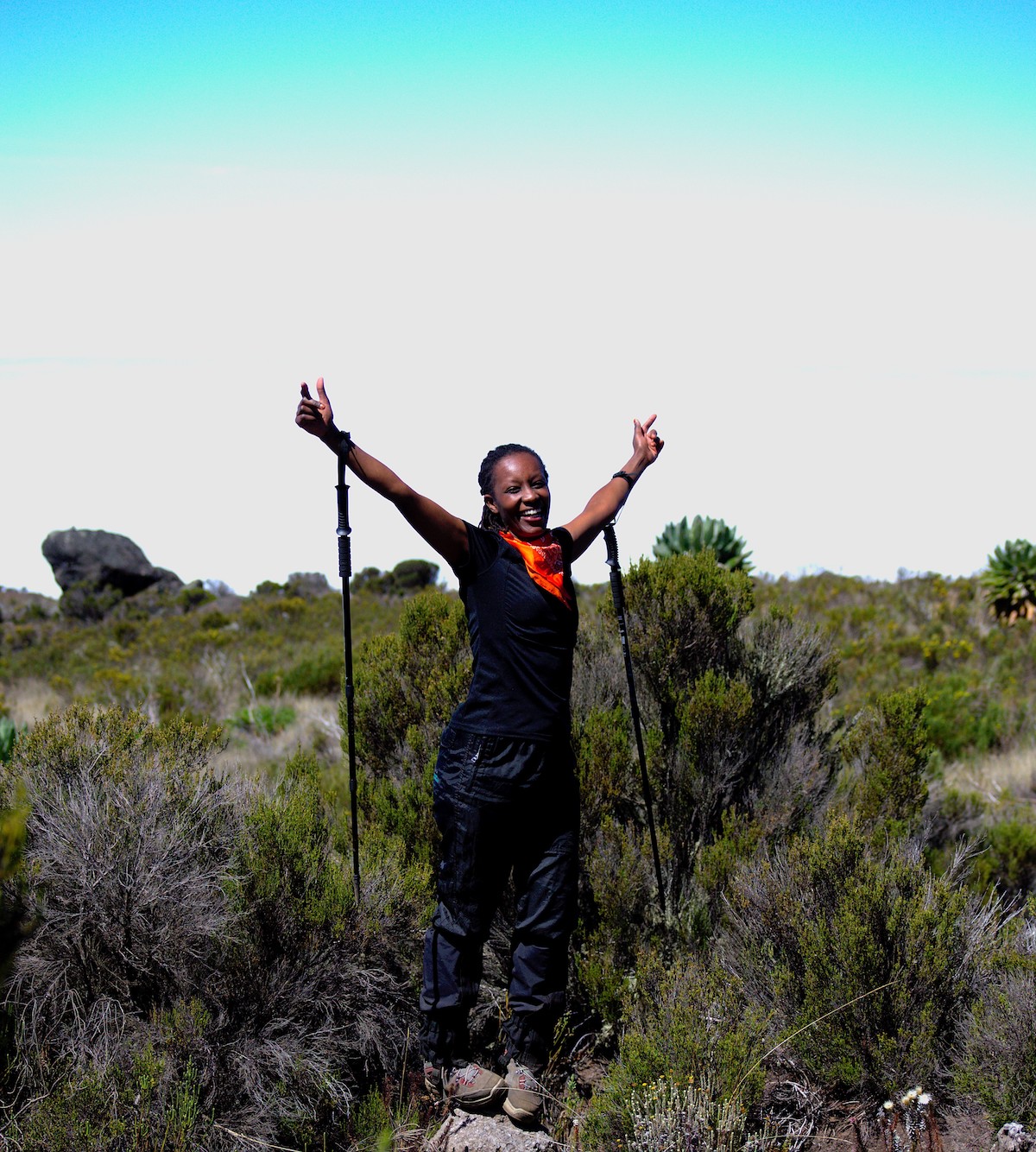
- Leadership Skills
- Skills
- Backpacking
- Mountaineering
- Inspiring Women
- Nols East Africa
- Women In Leadership
- Stories
- Student Stories
- Leadership
Written By
Carol Wanjiru (Mimie)
Carol Wanjiru (Mimie) is a Kenyan Emergency Medical Technician, a mountain guide/medic, and an urban first aid instructor. A vibrant mother of four children who loves dancing, pastry bakes and just being outdoors. When all is said and done, she hopes to make a difference in the field of medicine & mountaineering/adventure in Africa.


